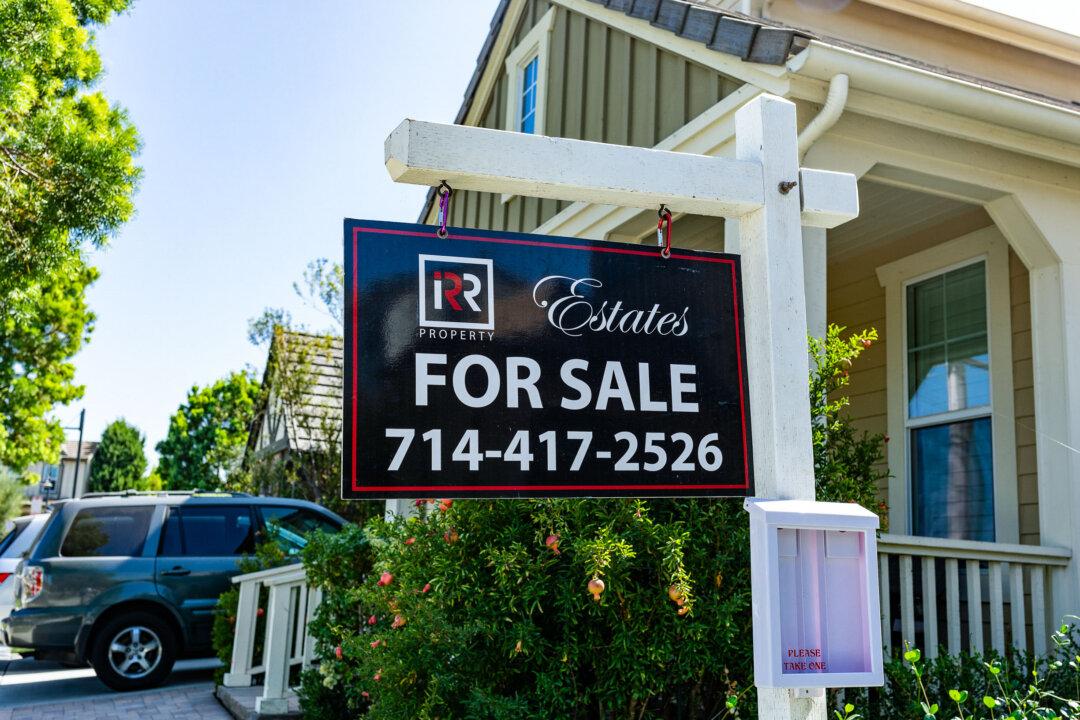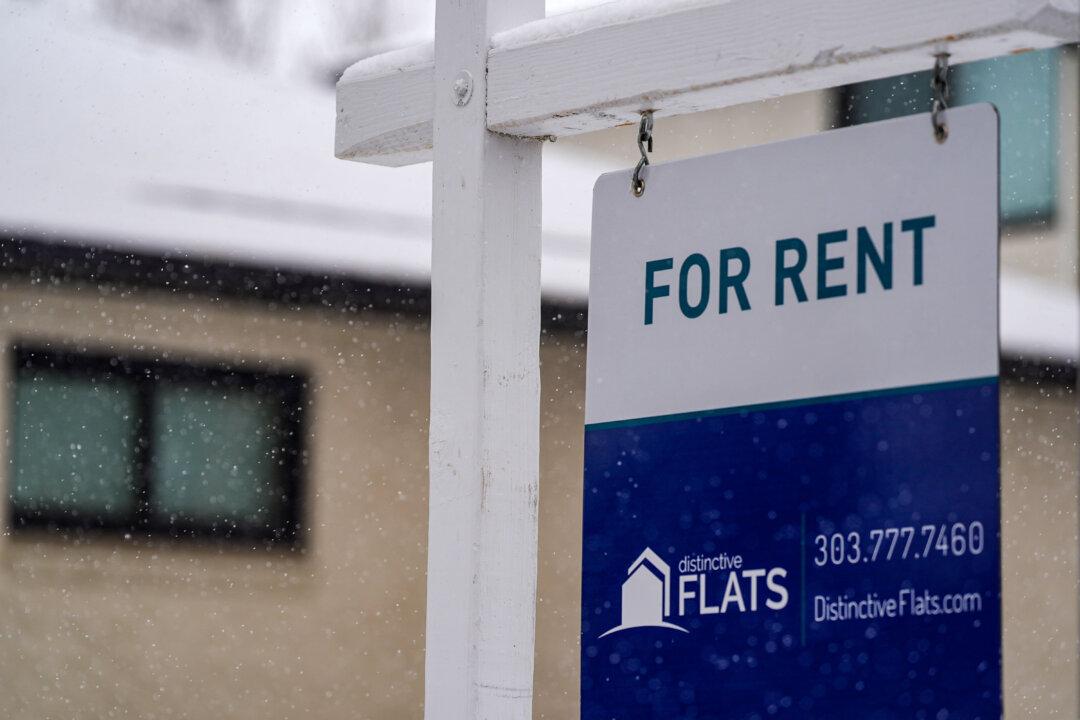Mortgage rates are approaching 7 percent following a dip to nearly 6 percent a few weeks ago, signaling further challenges ahead for the American housing market.
The higher mortgage rate environment will likely maintain the ongoing “lock-in effect,” he said, referring to the phenomenon of homeowners unwilling to sell because existing mortgage rates on their properties are on the lower side. If they sold now, they would have to acquire new properties at higher rates.
The elevated mortgage rates are expected to keep inventory additions and existing home sales “subdued” through the next year, Palim said.
Fannie Mae’s Economic and Strategic Research group had earlier expected mortgage rates to dip below 6 percent in the beginning of next year. However, the group has revised its forecast and now estimates that rates will end next year at 6.3 percent.
Temporary Demand Boom
Even though mortgage rates have been rising, early-stage homebuying demand is now at its highest level in 15 months, according to Redfin. However, the influx of buyers and sellers in the market is a post-election phenomenon, said Chen Zhao, economic research lead at the company.These people had been waiting for the election to be over and the Federal Reserve to cut down rates for a second time, both of which have now happened, she noted.
“Now we’re keeping a close eye on whether this is a short post-election boom, or if it translates into a steady improvement in pending sales,” she said.
Meme Loggins, a Redfin premier agent in Portland, Oregon, said that while many homebuyers find it difficult to accept high mortgage rates, there are “plenty others” who have accepted that rates won’t be coming down any time soon.
Joel Kan, vice president of the association, pointed out that the increase in mortgage applications was driven by both conventional and Federal Housing Administration (FHA) loans. FHA purchase applications saw a 7 percent jump, he noted.
“For-sale inventory has loosened in some markets and some potential buyers have been able to take advantage of increasing supply and lower FHA rates, which were down slightly in comparison to the conforming 30-year fixed rate,” Kan said.
Robert Dietz, chief economist at the National Association of Home Builders, said that “further interest rate cuts from the Federal Reserve through 2025 should result in lower interest rates for construction and development loans, helping to lead to a stabilization for apartment construction and expansion for single-family home building.”







